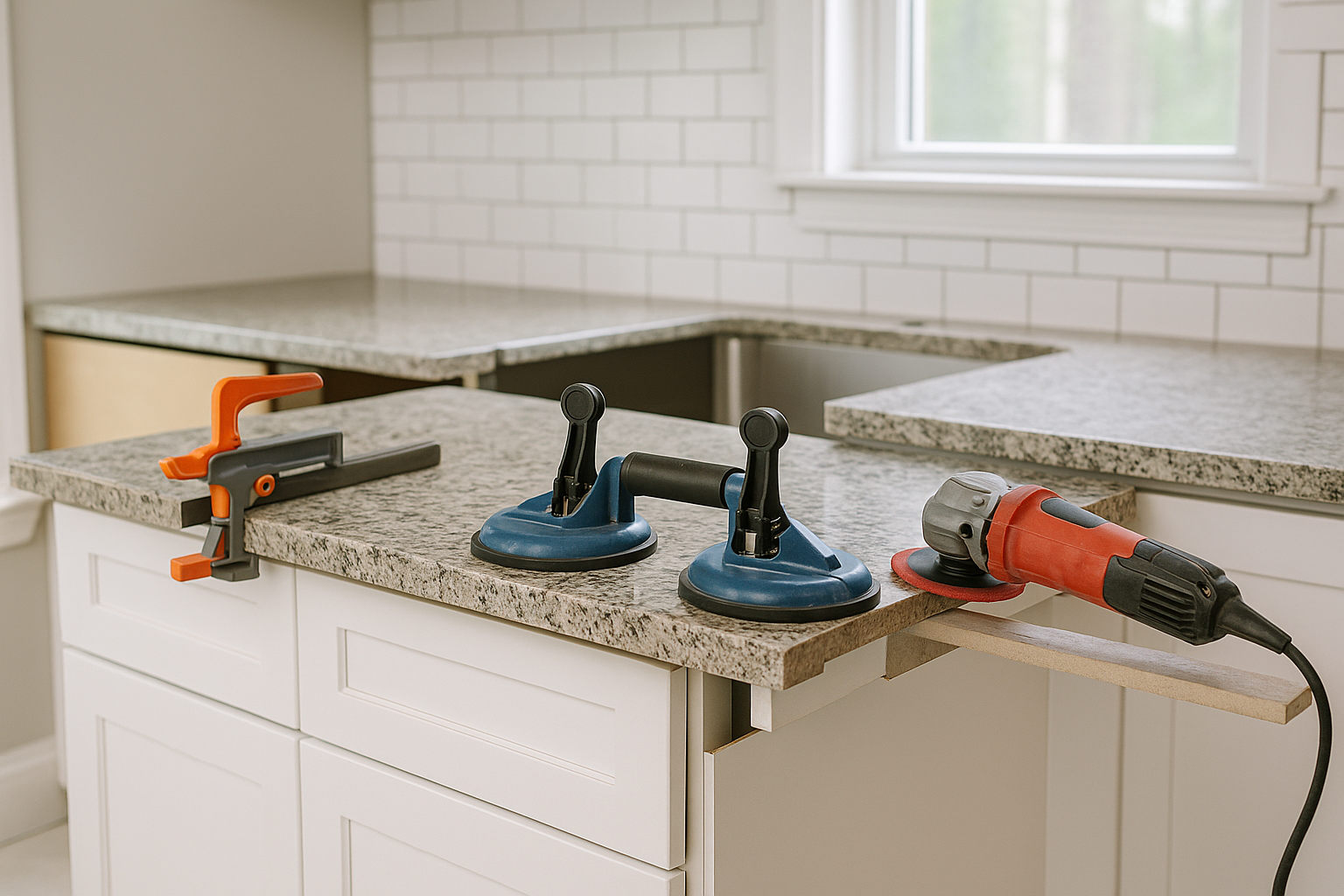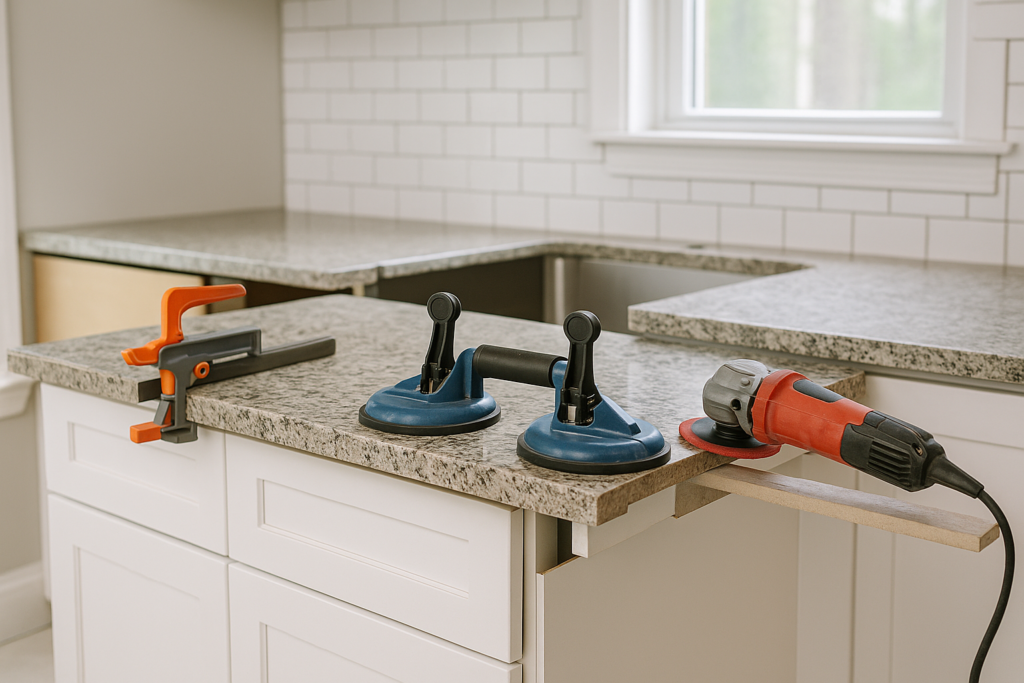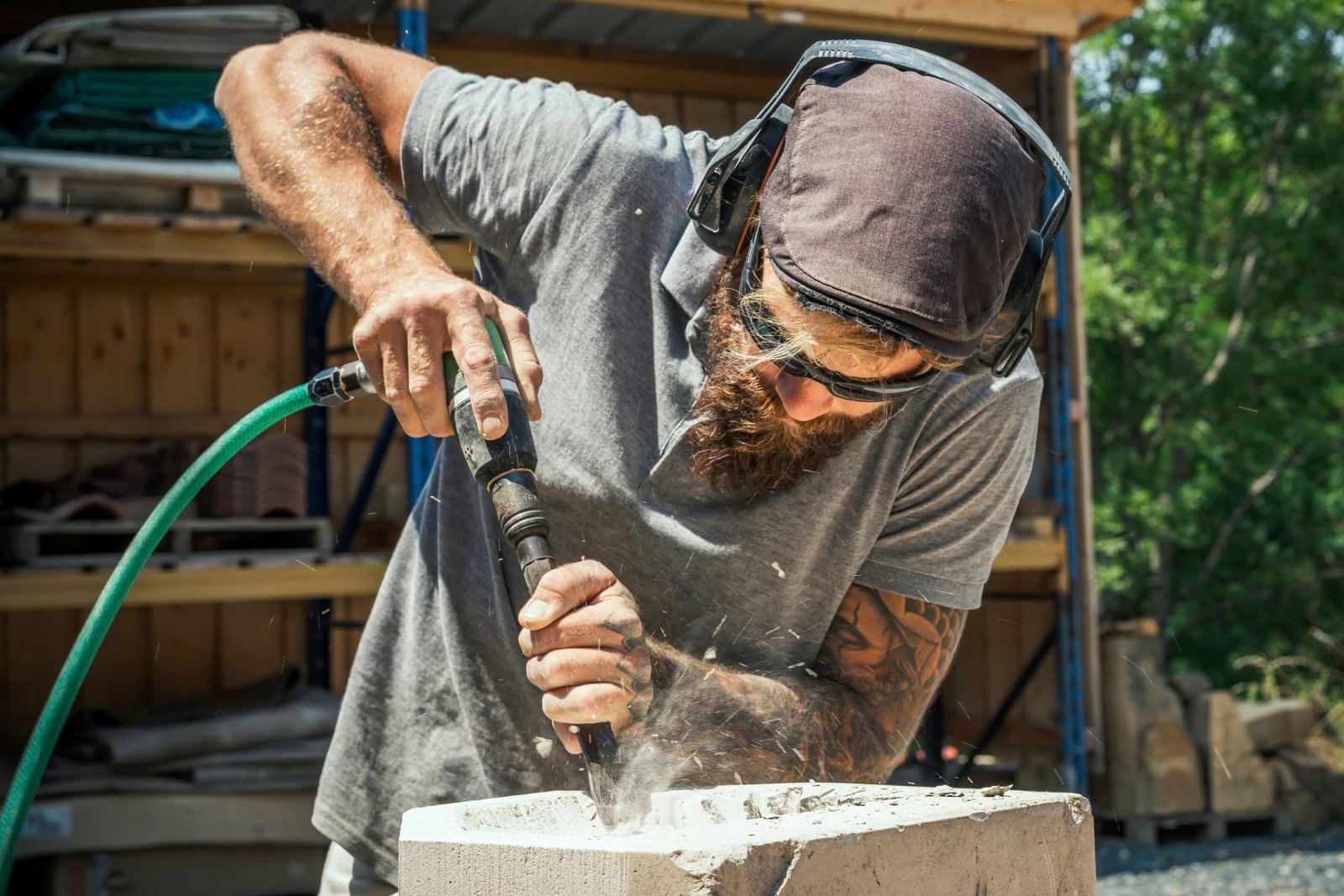
A successful countertop installation is more than placing a slab on cabinetry it requires precision, expertise, and the right methods tailored to the material
A successful countertop installation is more than placing a slab on cabinetry—it requires precision, expertise, and the right methods tailored to the material and kitchen layout. Whether you’re planning a full kitchen countertop installation, a granite countertop installation, or a sleek quartz countertop installation, the techniques used during the process directly impact longevity, appearance, and performance.
In this article, we explore the most common and effective countertop installation techniques professionals use, their purpose, and how they can influence outcomes like cost, quality, and durability.

Why Understanding Installation Techniques Matters
Homeowners often focus on material selection and color—but understanding installation techniques helps you:
- Evaluate contractor skills
- Prevent issues like uneven surfaces or weak seams
- Estimate countertop installation cost more accurately
- Make better choices during countertop replacement or countertop resurfacing
Modern kitchen renovations also reflect evolving trends and technologies. To stay ahead, check out Why Follow Trends in Countertop Installation?
1. Digital Templating for Accurate Measurement
Modern installers use digital templating systems with laser-guided technology to capture the exact dimensions of your space. This replaces the outdated practice of using cardboard or plywood templates.
Benefits:
- Highly precise measurements
- Reduced material waste
- Perfect alignment with walls and cabinetry
- Optimized fit for cutouts (sinks, cooktops, etc.)
Digital templates feed directly into CNC machines for fabrication—minimizing human error and ensuring a seamless kitchen countertop fitting.
2. CNC Fabrication and Edge Profiling
CNC (Computer Numerical Control) machines are used to cut, shape, and polish slabs with incredible precision. The templated data guides robotic arms to create:
- Custom edge profiles (eased, ogee, beveled, bullnose)
- Sink and faucet cutouts
- Seam alignment cuts
- Polished finishes
This method is vital in quartz countertop installation and granite countertop installation, where precision is critical to avoid cracking or uneven edges.
3. Seam Placement and Joining Techniques
Seams are often unavoidable in large countertops. Professionals strategically place them to minimize visibility and improve strength.
Seam techniques include:
- Color-matched epoxy for consistency
- Seam setters to level and hold surfaces during bonding
- Clamping systems for even pressure distribution
Installers may also use polishing tools on-site to smooth transitions, especially for granite countertops installed in island configurations.
4. Dry Fitting and Trial Placement
Before bonding anything permanently, installers often perform a dry fit to verify:
- Alignment with cabinetry
- Level and flush placement
- Position of cutouts and seams
This technique reduces surprises during final placement and allows last-minute adjustments if needed.
5. Substrate and Cabinet Reinforcement
Before installation begins, installers check that base cabinets are level and strong enough to support the weight of materials like granite or quartz.
Steps include:
- Reinforcing weak areas with plywood supports
- Using shims to level uneven cabinetry
- Securing all structural connections before placement
This is especially crucial for granite countertop installation, where slabs can weigh hundreds of pounds.
6. Adhesive Bonding and Anchoring
Installers use construction-grade adhesive to bond the countertop to the cabinet base. In some cases, silicone is used for flexible bonding, particularly with quartz.
Key adhesive types:
- Epoxy for strength and quick curing
- Silicone for vibration resistance and waterproof sealing
- Polyester resin for stone-to-stone bonding
Proper adhesion is vital to avoid movement, cracking, or separation over time.
7. Sink and Cooktop Integration
During kitchen countertop installation, fabricators accommodate appliances with pre-cut holes or reinforced supports.
Techniques include:
- Undermount sink brackets anchored below the surface
- Silicone seals for waterproofing
- Plywood reinforcements around heavy sinks or cooktops
Proper installation in these areas prevents sagging, leaking, or damage over time.
8. Finishing and Polishing
Once the countertop is secured, professionals:
- Polish the surface and edges for shine or texture
- Clean adhesive residue
- Check for levelness across all surfaces
- Apply sealant (if needed)
For granite countertop installation, sealing is crucial to protect against staining. For quartz, finishing focuses on aesthetics rather than protection, since it’s non-porous.
9. Advanced Installation for Smart Features
With increasing demand for smart kitchens, techniques now include integration of:
- Wireless charging zones embedded under the surface
- Pop-up outlets and USB hubs
- Touchless sensor lighting beneath overhangs
- IoT-enabled sensors for temperature or moisture alerts
These enhancements require careful routing and coordination with electricians or smart home specialists. Explore more in Why Integrate Smart Features into Countertop Installation?
10. Resurfacing Techniques (For Existing Countertops)
Countertop resurfacing involves sanding, re-sealing, or applying a new thin surface to restore worn countertops.
Resurfacing methods:
- Diamond pad polishing (granite)
- Epoxy coatings (laminate or wood)
- Stone refinishing compounds
- Surface grinding for uneven areas
This is a cost-effective alternative to full countertop replacement, often extending the life of your counters by years.
Impact on Countertop Installation Cost
Installation techniques directly affect project scope and cost. For example:
- Digital templating and CNC fabrication reduce labor time and mistakes
- Seam setting tools require professional-grade equipment
- Smart feature integration adds to labor and material expenses
- Reinforcing cabinets may increase prep work and time
To get an accurate quote, consult providers who offer full-service countertop installation near me, and be sure to ask which techniques they use.
Final Thoughts
The success of any countertop installation depends on using the right techniques. From laser-precise measurements and CNC fabrication to expert seam bonding and finishing, each step ensures durability, beauty, and long-term performance.
Whether you’re planning granite countertops installed, sleek quartz surfaces, or a sustainable countertop replacement, understanding these methods helps you choose the right installer—and avoid costly mistakes.

